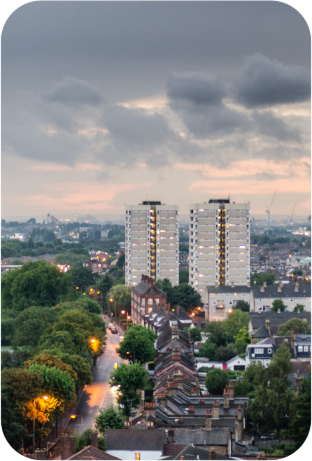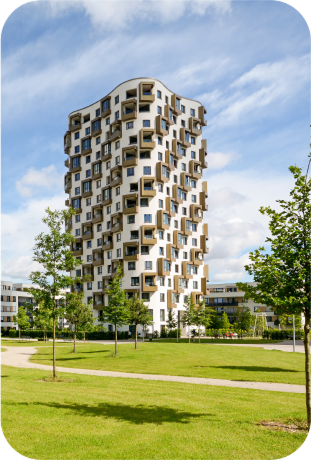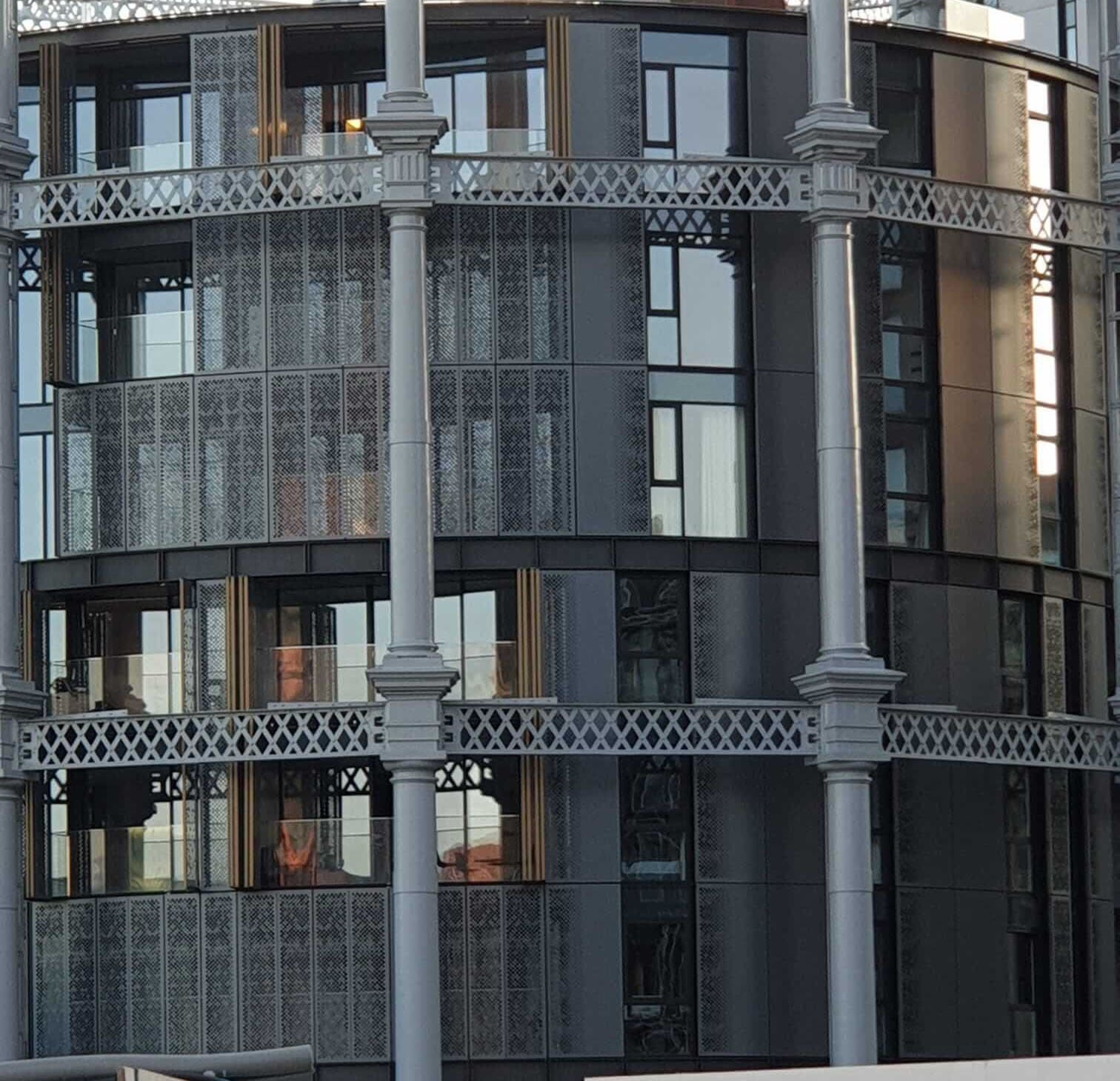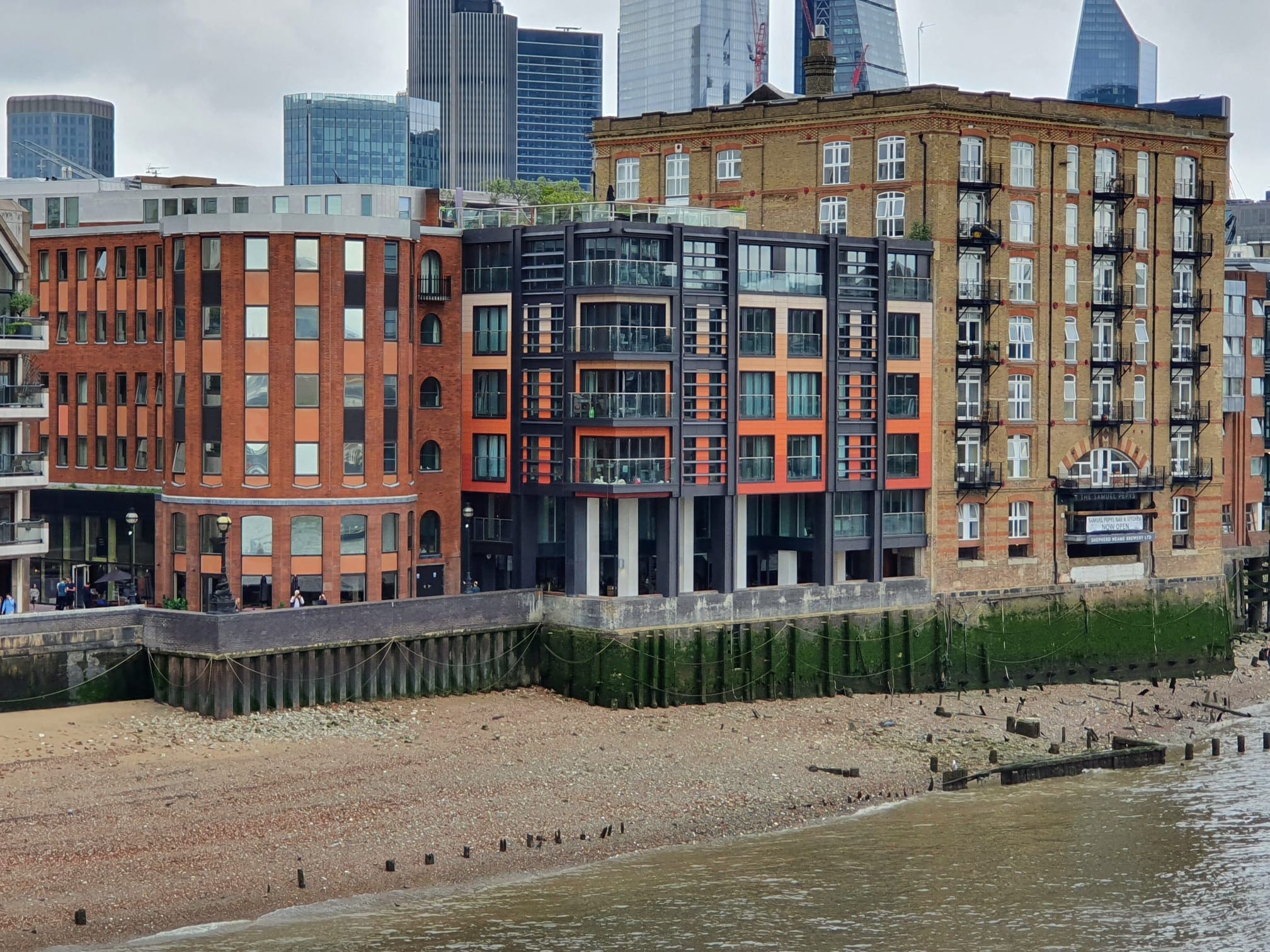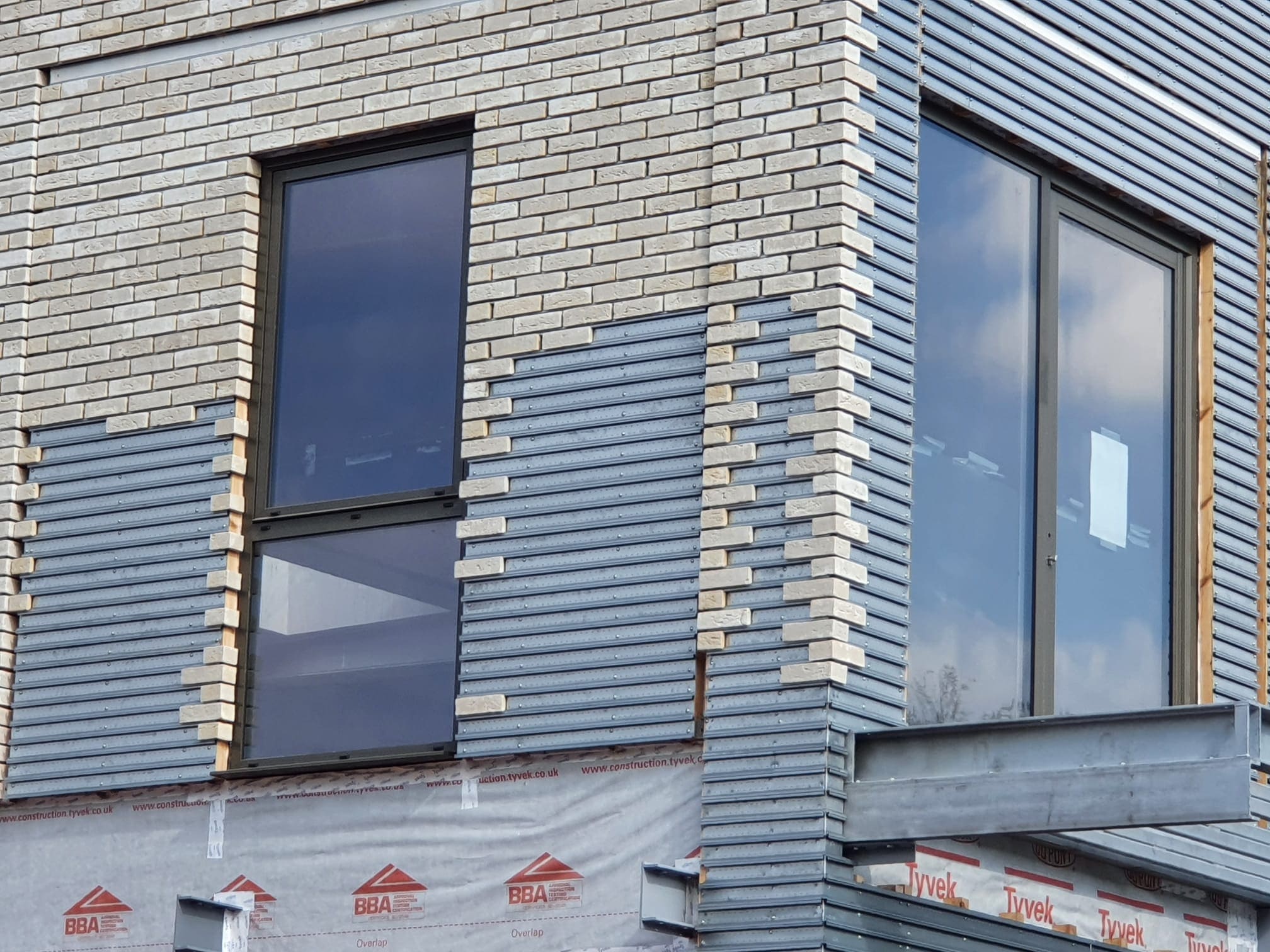 474
474
 0
0
Is Your Balcony a Fire Risk?
Following the fire in June that raced through a block in Barking via wooden-clad balconies, the government now has an advice note for block owners and residents. Balconies must not compromise resident safety by providing a means of external fire spread. Balconies must be included in fire risk assessments. If they contain combustible material, they should be removed and replaced.
Understanding Building Regulations
Building owners need to understand the materials used in the construction of balconies on their blocks. This way, they can assess whether adequate fire protection is in place to resist the spread of fire across and through the external wall. However, owners are not necessarily experts in fire safety or construction. If there is any doubt over the materials used or the risk posed, professional advice should be sought from a fire safety specialist. Revisions to the Building Regulations introduced in December address the risks posed by balconies. The new regulations require balconies on residential buildings over 18m high to be made of non-combustible materials. However, balconies on existing blocks, such as the one in Barking, may still be made from combustible materials, making it vital for building owners to understand the materials used.
Balcony Safety Guidelines for Residents
- Don't use balconies as storage areas, particularly for anything flammable.
- If balconies are used as smoking areas, make sure that cigarettes are properly extinguished and disposed of. The same goes for candles.
- Never barbeque on your balcony. A significant number of fires in flats start this way. Not only is this clearly dangerous, but your block insurer will take a very dim view of any claim for fire damage resulting from an out-of-control barbeque.
Educating Residents on Fire Safety
Make sure residents know what is and isn’t acceptable and why. Use the block newsletter, website, the AGM, or a social gathering to drive this message home. And don’t forget to inform anyone sub-letting. It could save a life.
Preventing Fire Risks in the Future
Ensuring balconies are properly maintained and that residents are educated on the risks and guidelines can significantly reduce the risk of fire. Regular communication from property managers can help keep everyone informed and safe.
The Role of Property Managers
Property managers can play a part in preventing fire risks by setting out a few simple rules about what can and cannot be stored or used on balconies by residents. Here’s some important advice:





Meet our Expert Property Commentators

















